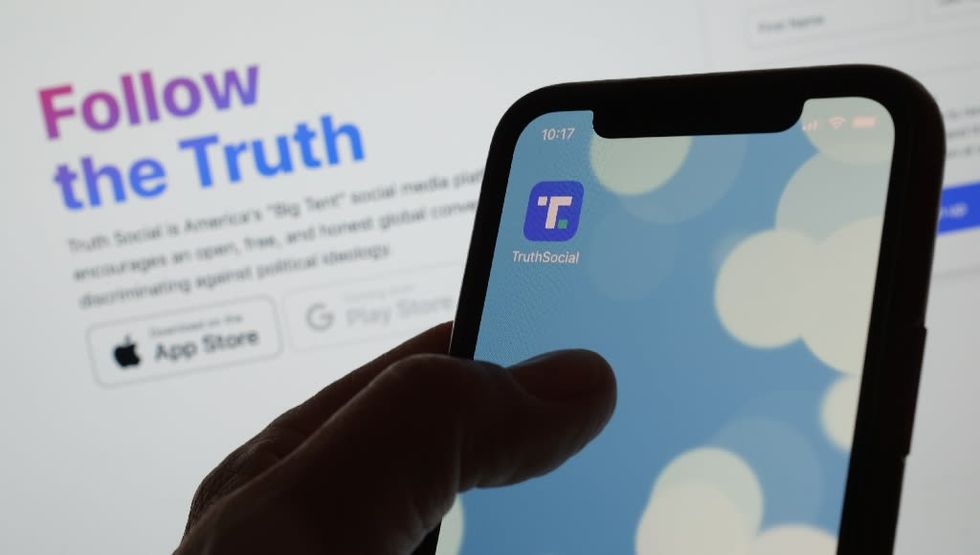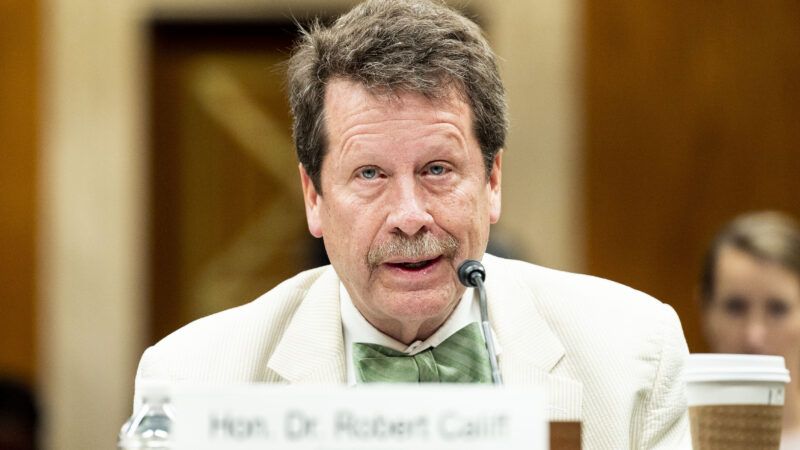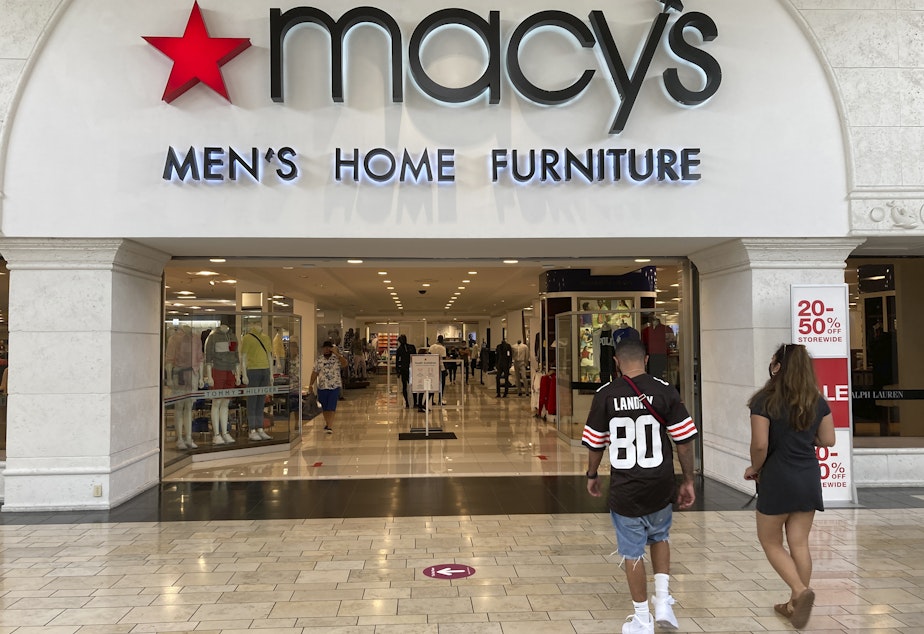A federal appeals court this week sided with several companies whose applications to sell nicotine vaping products in a variety of flavors were rejected by the Food and Drug Administration (FDA). As Reason's Elizabeth Nolan Brown noted yesterday, the U.S. Court of Appeals for the 11th Circuit ruled that the FDA's decisions were "arbitrary and capricious" because the agency ignored marketing and age-verification plans aimed at preventing underage vaping. But as Judge Robin Rosenbaum noted in her dissent, the manufacturers' victory probably will be short-lived, because the FDA seems dead set against allowing the sale of vaping products in flavors other than tobacco.
That position is puzzling, since former smokers who have switched to vaping overwhelmingly prefer nontobacco flavors, and the FDA acknowledges that "electronic nicotine delivery systems" (ENDS) hold great promise as a harm-reducing alternative to cigarettes. But the FDA insists there is no solid evidence that flavor variety makes vaping more appealing to adult smokers, even as it worries that flavor variety makes vaping more appealing to teenagers. So when the FDA reconsiders these applications on remand from the 11th Circuit, it is almost certain to reject them again, notwithstanding the steps that the companies are taking to keep their products away from underage consumers
The FDA's opposition to flavor variety is driven by concern about an "epidemic" of adolescent vaping. But as new survey data from the government-sponsored Monitoring the Future (MTF) study confirm, the surge in electronic cigarette use by teenagers that alarmed the FDA in 2018 and 2019 is already receding, even though adults can still buy flavored ENDS that remain on the market because the FDA has not yet decided whether to allow them or has not taken enforcement action against them. Those data also indicate that adolescent smoking continued to decline as vaping became more popular. The picture is similar for young adults: As vaping continued to rise among 19-to-30-year-olds in 2021, cigarette smoking hit a record low.
These trends suggest that we are seeing precisely the sort of harm-reducing substitution that the FDA claims to want. The data certainly are not consistent with the idea that the availability of ENDS has resulted in more smoking. Yet Judge Rosenbaum, who seems to think the FDA's opposition to flavored ENDS is well-grounded, avers that "vaping has been shown to be a gateway to smoking combustible cigarettes." She cites no evidence to support that claim, which seems highly implausible in light of the continuing decline in smoking among teenagers and adults.
The annual MTF survey, which University of Michigan researchers conducts under contract with the National Institute on Drug Abuse, includes students in the eighth, 10th, and 12th grades. In 2021, it shows, the prevalence of past-month nicotine vaping fell sharply in all three grades.
That rate peaked at 10.5 percent in 2020 among eighth-graders before falling to 7.6 percent last year. Among 10th- and 12th-graders, it peaked at 19.9 percent and 25.5 percent, respectively, in 2019 and had fallen to 13.1 percent and 19.6 percent, respectively, by last year. Between 2019 and 2021, the prevalence of "daily" vaping (defined as use on 20 or more occasions in the previous 30 days) fell from 2 percent to 1.1 percent among eighth-graders, from 6.8 percent to 2.5 percent among 10th-graders, and from 11.6 percent to 5.4 percent among 12th-graders.
These findings are broadly consistent with results from the National Youth Tobacco Survey (NYTS), which is sponsored by the Centers for Disease Control and Prevention (CDC). That survey shows the prevalence of past-month e-cigarette use by high school students peaking at 27.5 percent in 2019 before falling to 11.3 percent in 2021. Even though adults still have access to ENDS in a variety of flavors, the "epidemic" decried by the FDA and the CDC seems to be fading fast.
Neither survey provides any evidence of the "gateway" that Rosenbaum perceives. On the contrary, the downward trend in adolescent smoking continued even when vaping was rising sharply. Among 12th-graders in the MTF survey, the prevalence of past-month cigarette smoking fell from 10.3 percent in 2011 to 2 percent in 2021. During the same period, the prevalence of "daily" cigarette smoking fell from 4.3 percent to 0.8 percent. In the NYTS, the prevalence of past-month cigarette smoking among high school students fell from 15.8 percent in 2011 to 1.9 percent last year.
There is reason to think that ENDS, far from interfering with the decline in adolescent smoking, hastened that downward trend, which accelerated as vaping took off. The replacement of smoking by vaping is indisputably an improvement in terms of "public health," which the FDA claims to be promoting. But the agency instead portrays it as a grave danger to the youth of America. When it comes to teenagers, the FDA refuses even to consider the positive impact of such substitution.
A 2019 analysis of NYTS data found that frequent e-cigarette use was concentrated among teenagers who were current or former smokers. So far the recent decline in adolescent vaping has not led to an uptick in smoking, which makes sense if casual users, rather than teenagers who vape instead of smoking, account for most of the drop. But the FDA should be wary of any policy that makes cigarettes easier to obtain than ENDS or makes ENDS less appealing to people who otherwise would be smoking. Over the long term, the upshot could be more rather than fewer smoking-related deaths.
Logically, that analysis should include teenagers as well as adults. But the FDA insists that the health benefits of substituting ENDS for cigarettes don't count when vapers are younger than 21. So let's consider what the MTF data tell us about the potential cost of refusing to let adults buy the vaping products they demonstrably want.
"Cigarette smoking among young adults has been declining steadily since
2004 and reached new historic lows in 2021," an MTF report notes. "Cigarette use in the past 30 days decreased by more than half in the past decade," from 21.2 percent in 2011 to 9 percent in 2021.
In recent years, that downward trend in smoking by 19-to-30-year-olds has been accompanied by an upward trend in vaping. "Since it was first measured in 2017,
nicotine vaping in the past 30 days has nearly tripled among young adults to 16.1% in 2021," the report says. "Nicotine vaping in the past 12 months was reported by 21.8%, just below the all-time high of 23.6% in 2019."
Between 2017 and 2021, as the prevalence of past-month vaping in this age group rose by 160 percent, the prevalence of past-month cigarette smoking fell by 39 percent. Those trends are not consistent with Rosenbaum's theory that more vaping means more smoking. But they are consistent with the theory that many young adults are choosing to vape instead of smoke.
The FDA ostensibly would like to see more of that. The whole premise of approving the sale of ENDS as "appropriate for the protection of the public health"—the standard the FDA is supposed to apply under the Family Smoking Prevention and Tobacco Control Act—is that it will help reduce tobacco-related morbidity and mortality by offering smokers a much less hazardous way to consume nicotine. Yet the FDA claims to be unpersuaded that flavor variety plays an important role for smokers who have made that potentially lifesaving switch or might be interested in doing so.
The FDA contradictorily insists that flavor variety is important to teenagers. It thinks at least some of them will eschew vaping if tobacco is the only flavor they can find. The possibility that some teenagers therefore will smoke instead does not enter into the FDA's calculations at all. And it dismisses the danger that the same thing will happen among adults, saying ENDS manufacturers have not produced enough evidence to that effect.
Contrary to its legal duty, the FDA has not carefully weighed the costs and benefits of its supposedly youth-protecting policy. Instead, it refuses to admit there are any costs to consider.




 Former U.S. Attorney General Bill Barr meets with members of the St. Louis Police Department during a roundtable discussion on October 15, 2020, in St Louis, Missouri. "The tactic that Trump is using to exert this control over the Republican Party is extortion," Barr said.JEFF ROBERSON/GETTY IMAGES
Former U.S. Attorney General Bill Barr meets with members of the St. Louis Police Department during a roundtable discussion on October 15, 2020, in St Louis, Missouri. "The tactic that Trump is using to exert this control over the Republican Party is extortion," Barr said.JEFF ROBERSON/GETTY IMAGES




